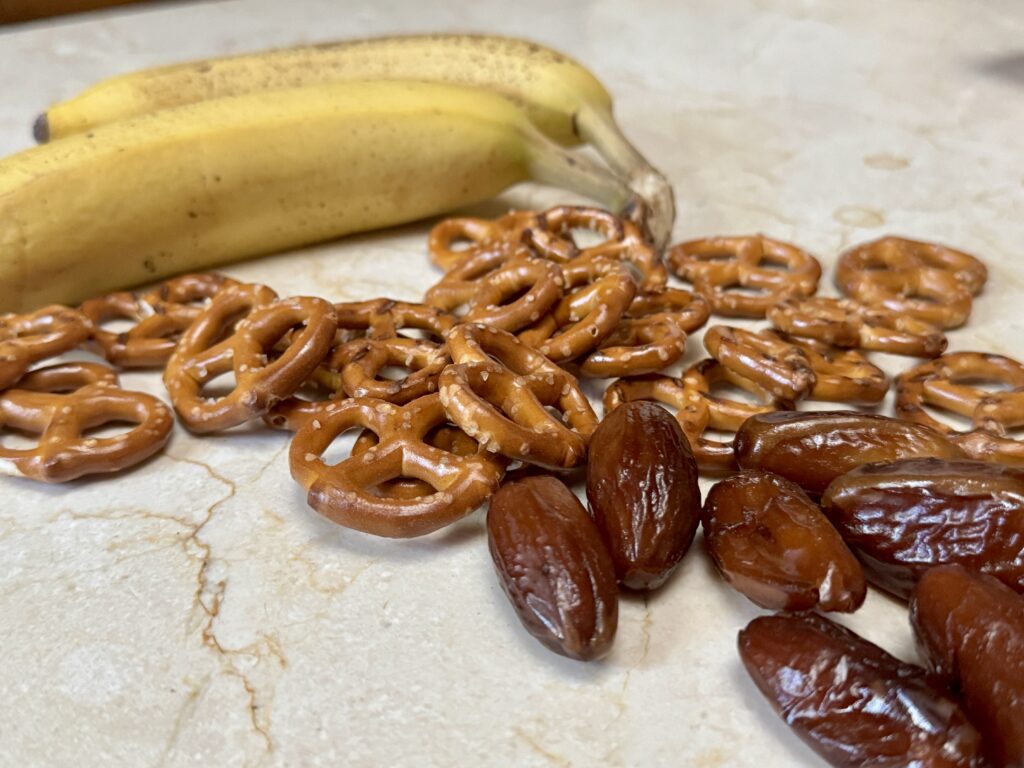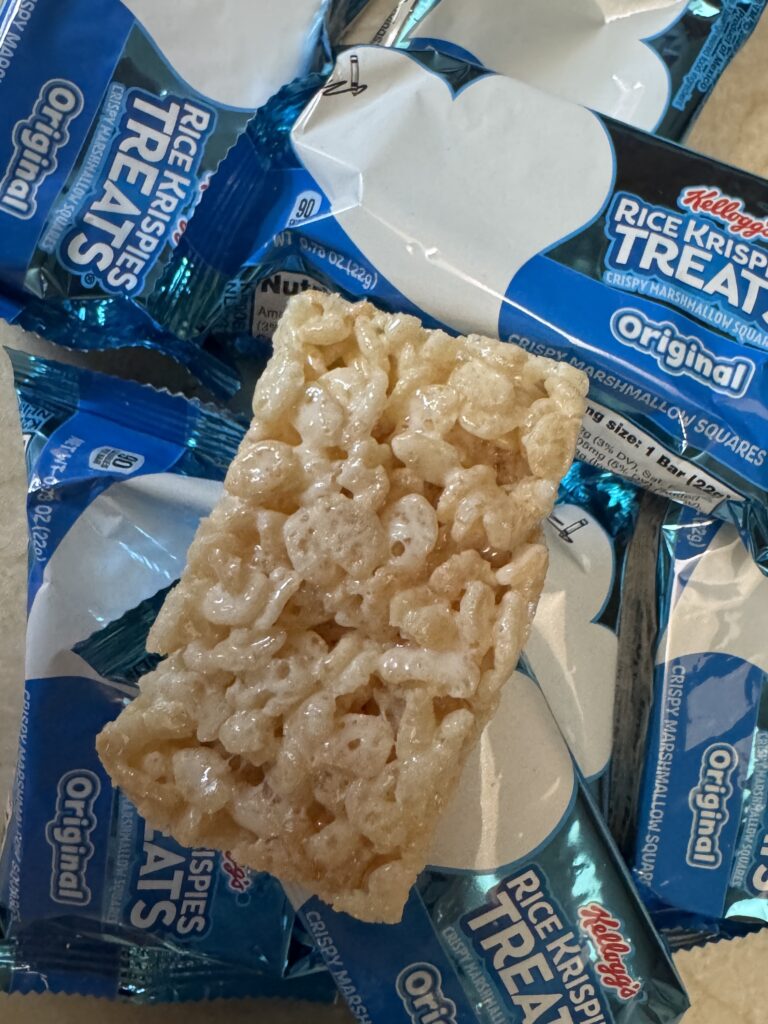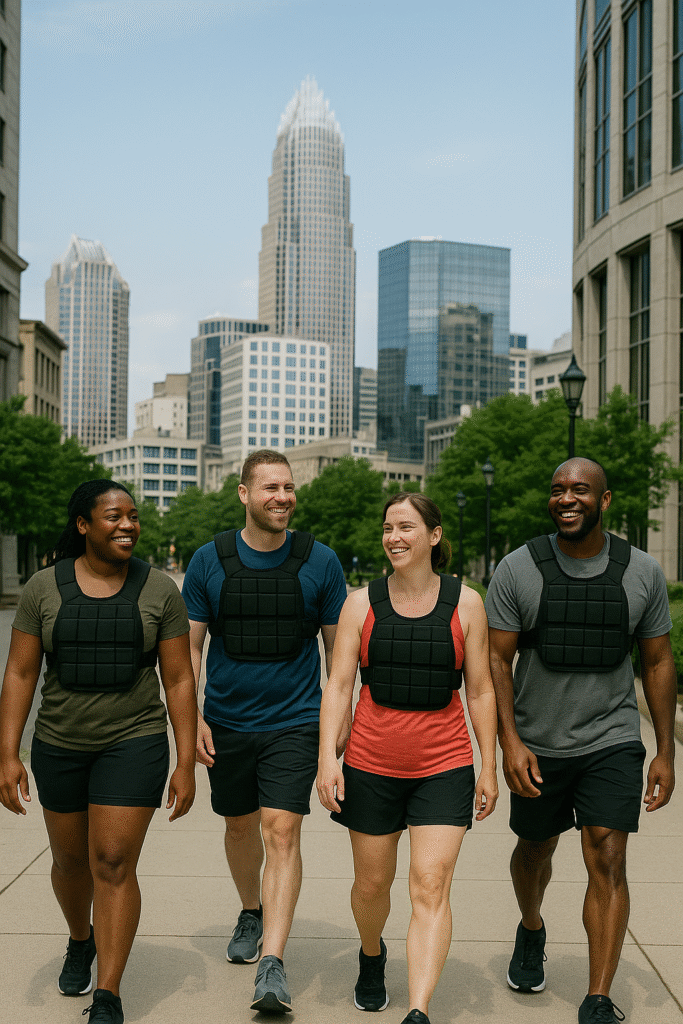We all want to run better, feel good, and experience fewer aches and pains doing it. And a simple warmup and cooldown routine is quite literally your ticket to all of that. No fooling. Establishing a routine of proper warmup and cooldown exercises can help prevent injury, boost performance, and simply make running more enjoyable.
We’re taking the guesswork out of it with guidance from Anne Fechtel, lead run coach at Charlotte-based Cross Conditioning Training. She highlights a few essential moves to add before and after any run.
Warmup Moves to Start Strong
Leg Swings
Begin by loosening up your hips and hamstrings with front-to-back and side-to-side leg swings. These movement-based stretches help activate major muscle groups needed for running and gently increase your heart rate.
Butt Kicks into High Knees
Switch between jogging in place, bringing your heels up toward your glutes (butt kicks), and then driving your knees up high. Both help improve flexibility and coordination while preparing your lower legs and core for the work ahead.
Ankle Sweeps
Standing tall, extend one leg forward with your heel to the ground and sweep your hands past your ankle. This stretch is especially useful for waking up your calves and hamstrings, areas that often get tight before a run.
Cooldown Moves to Speed Recover
Standing Quad Stretch
After your run, take time to pull one foot up toward your glutes and hold, feeling the stretch in the front of your thigh. This simple move helps ease tightness in the quads and can support better knee health, too.
Kneeling Hip Flexor Stretch
With one knee on the ground and the other foot forward in a lunge position, gently push your hips forward until you feel a stretch along the front of your hip. This helps counteract tightness from both running and sitting at a desk.
Figure Four Stretch
Stand or sit, cross one ankle over your opposite knee, and gently sit back or lean forward. This stretch targets your glutes and outer hips—areas that work hard every time you run.
Why Every Runner Should Make These Routines a Habit
Fechtel recommends spending 5 to 10 minutes before and after each run for warming up and cooling down. Taking just a few minutes to warm up prepares your body for a better run by raising your body temperature, activating muscles, and reducing your injury risk. Cooling down at the end helps your body transition to rest, supports flexibility, and encourages recovery—so you’re ready for your next run!













